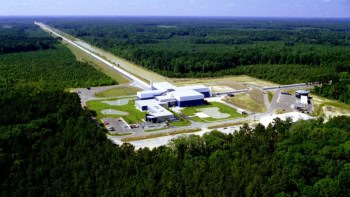In a widely expected move John Gibbons, President Clinton's scientific advisor and director of the Office of Science and Technology Policy (OSTP), announced his resignation last week. Gibbons has been the director of OSTP throughout Clinton's presidency. Neal Lane, director of the National Science Foundation (NSF) and, like Gibbons, a physicist, has been nominated to succeed him. Rita Colwell, president of the University of Maryland Biotechnology Institute, will replace Lane at the NSF.
Lane has been director of the NSF since October 1993. Prior to that he was a professor of physics at Rice University in Houston, Texas. He received his BS, MS, and PhD degrees in physics from the University of Oklahoma. Lane has been associated with Rice for most of his career, with leaves of absence at Belfast and Oxford in the UK and at the NSF as director of the physics division.
Gibbons will probably be best remembered for two projects – the Stockpile Stewardship programme, and for expanding US international scientific partnerships. The former is to ensure the safety and reliability of US nuclear stockpiles. The Large Hadron Collider agreement with CERN is an example of the latter.
Prior to joining the OSTP, Gibbons served for 13 years as director of the Congressional Office of Technology Assessment. Previously he had worked at Oak Ridge National Laboratory and at the University of Tennessee.
Colwell has served on the US National Science Board, and has been president of the American Association for the Advancement of Science.
Lane is expected to continue pushing for realistic increases in the science budget. He is quoted as saying: “It is hardly news that the earlier ‘golden era’ is long over. We can no longer expect public support for science and engineering research in the form of a blank check and an undefined agenda.”



